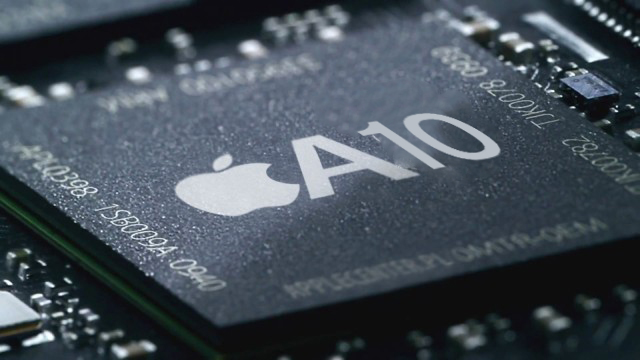For some time, there has been speculation surrounding the possibility that Apple may, some day, take over the manufacturing and design of the microprocessors powering future MacBooks, particularly, future iterations of its entry-level offerings, like the MacBook Air, or the 12 inch MacBook Retina.
Currently, the chatter has no official basis, with that said, a pattern can be seen in the type of technology that Apple has been working on, in reference to the A9X system on chip powering the iPad Pro, which represents a decisive step up, compared to previous chips.

For starters, according to a recent teardown by Chipworks, the iPad Pro’s chip design includes a dual core CPU, coupled with a rather unusual 12-Core GPU cluster, providing an unusual amount of processing power for graphic applications. In fact, the architecture provides enough processing power, to a point of no longer requiring L3 cache, leaving it to L1 and L2 cache for a smaller number of functions, and sheer processing power for everything else.
Furthermore, the Apple iPad Pro was introduced as a competitor to laptop PCs, not to other tablets, and as much as it might sound like marketing hype, Tim Cook could have gone with several alternative ways of introducing the iPad Pro, and yet, it chose the route of taking on (entry-level) laptops, with at least one of the intended target being ARM devices like the Google Chromebook, a laptop in its own right, yet well within the Apple iPad Pro’s viewfinder for specs and ecosystem similarities.
It’s worth noting that, while an observation could be made about the fact that the A10X is a SoC, which is basically a logic board in itself, graphic chip integration is not unusual in conventional desktop CPUs, such as Intel Core, which has been powered MacBooks for a long time, as well as providing GPU support with its integrated Intel Graphics, and Iris chipsets.
By this token, it’s been hypothesized, that Apple could be already working on a fork of the A10 (or A11) chip, designed for entry-level laptops, with specs high enough to take on the lower-end desktop CPUs. Within the realm of speculation, it’s not hard to imagine a A10X for iOS devices, and an A10Y low-end desktop-class CPU.
The Samsung argument
Samsung could be yet another reason for Apple to take on the design of its own laptop CPUs. According to the same teardown by Chipworks, Apple has left Samsung out of the loop of manufacturing the A9X, choosing Taiwan based TSMC’s 14 nanometer design. TSMC has been in the back burner since early news of the first iPhone 6, and as it turned out, the iPhone 6S was manufactured with two different batches of processors, one made by Samsung and the other made by TSMC.
While this might sound like a bigger wedge is about to draw between the two companies, it’s very possible that Apple may be actually compartmentalizing the manufacture of its CPUs, and, as long a shot as it may be, Samsung could find itself tasked with the production of Apple-designed laptop CPUs in the future.
With that said, it’s hard to imagine Intel being completely out of the equation, especially when it comes to powering higher-end laptops like the MacBook Pro, as well as Apple’s line of desktop products like the iMac Retina, the Mac Mini, and the Mac Pro, all of which still require a level of sophistication and multi-core refinement that only specialized manufacturers like Intel and AMD can provide.